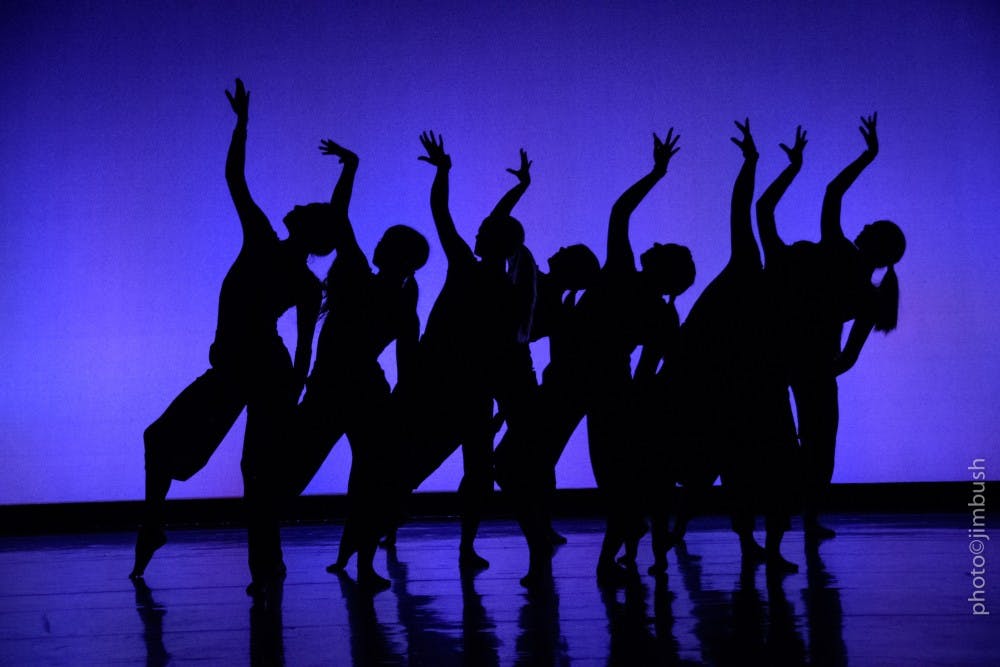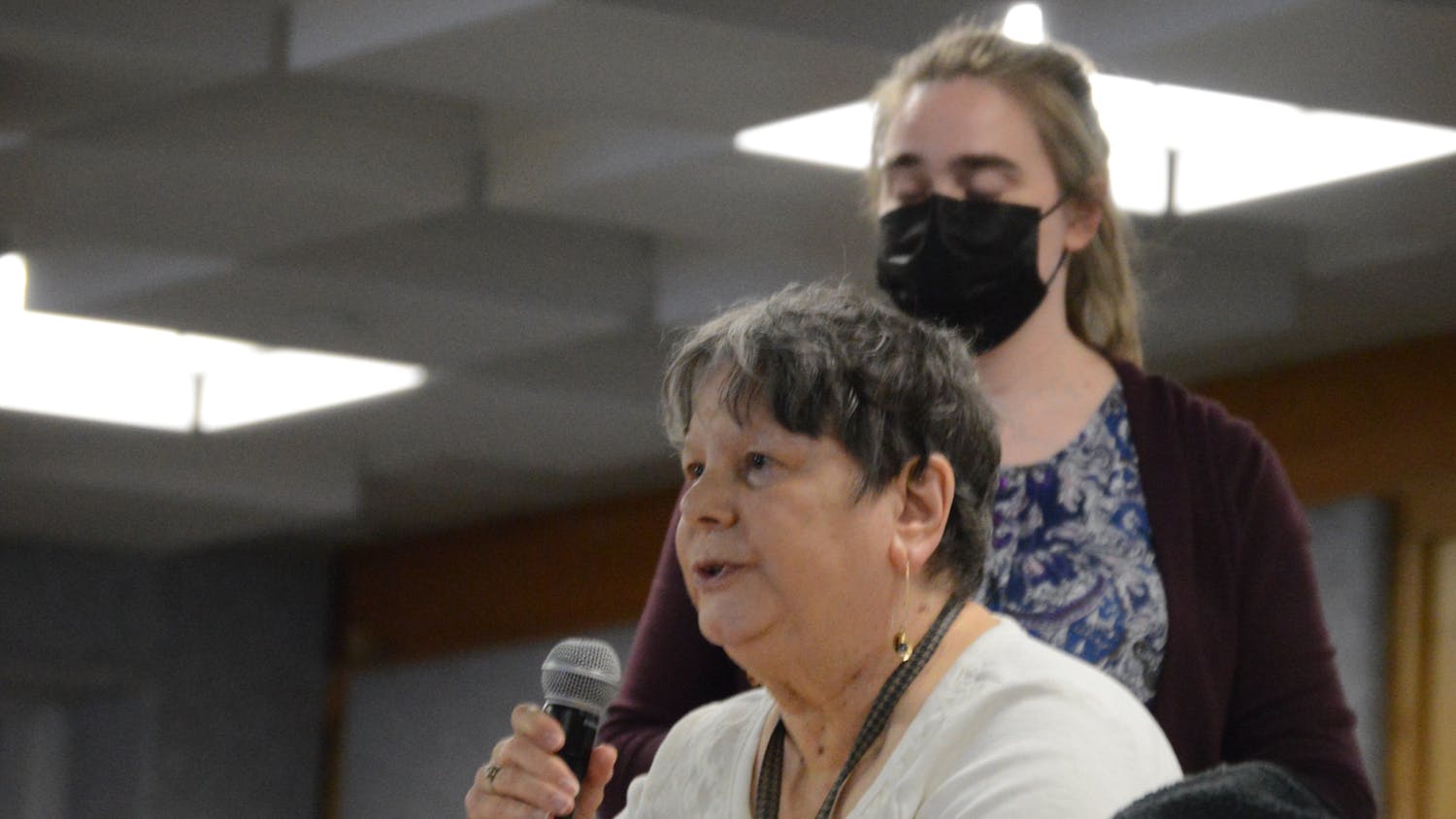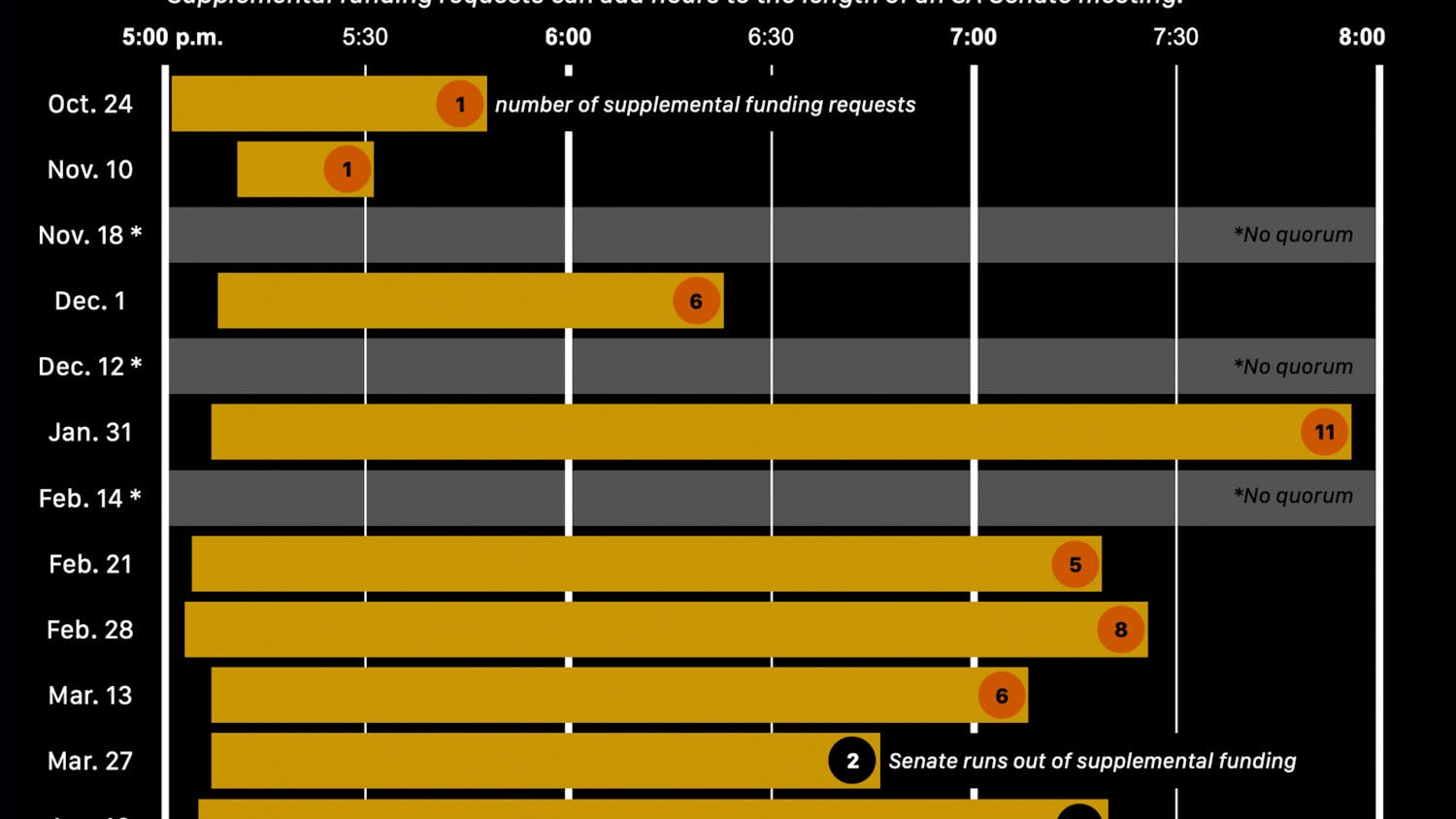Note: This article contains sensitive content about eating disorders which may be triggering.
Christiana Sylvia, UB dance alum ‘17, developed anorexia nervosa in high school and it followed her through college.
Five years later, she said recovery is still prevalent in her everyday life.
“Dancers, like athletes, are expected to have a certain physique. That is understandable,” Sylvia said.
But she said the environment she danced in was “toxic” for her disorder.
Dancers are at a three times higher risk of developing an eating disorder than other athletes, according to Health Reference Center Academic. Some dancers at UB said it can be hard to be comfortable with their bodies when spending up to eight hours in front of a mirror each day. But dancers often don’t identify they have a problem or reach out for help, according to Anne Burnidge, director of graduate dance studies and associate chair of theatre and dance.
Sylvia called her cry for help a “silent suicide.”
“Beneath my bubbly personality, I was extremely unhappy,” Sylvia said. “I was stressed. I was anxious. I took my self-hatred out on my body. I isolated myself from everyone who tried to help me.”
Sylvia said she wasn’t aware of the damage the disorder did to her body until her spine sustained a double fracture due to malnourishment and excessive dance training, she said.
She said dance is like a “magnifying glass” that dancers put their bodies in front of to be assessed and criticized. Sylvia recalled faculty telling dancers to watch their weight and to maintain the size at which they were recruited.
“No dancers were named, but as someone with a warped perception of body image, I immediately feared that was addressed to me,” Sylvia said.
Sylvia said people in positions of power should be mindful of how their words come across and that topics like weight should be addressed “discreetly.”
“There is life beyond your body,” Sylvia said. “The world doesn't give a damn whether you're an A cup or a size 12. Life is measured by so much more than the shell you wear.”
Amanda Edwards, assistant director of counseling, said dance creates “an atmosphere where dancers are exposed to high levels of criticism and feedback.”
“The dance environment values perfection, precision, individualism and appearance,” Edwards said. “Comments from dance teachers, parents or peers can push someone to resort to extreme forms of appearance regulation.”
Edwards said it is important for dancers to remember that dance is “only one part” of their “multifaceted identity.”
Janice Cochran, dietitian and nutritionist, said she has seen dancers in Health Promotions struggling with their health. She said societal expectations can leave people feeling like “they’re expected to look a certain way.”
“We all are incredibly diverse,” Cochran said. “We live in a world with body diversity [and] size diversity. To have an expectation of uniformity or looking like ‘person X’ when there's A through Z, is difficult.”
Kennedy Jordan, a junior dance major at UB, said eating disorders are a “hard topic to talk about and they shouldn’t be.”
Jordan said she witnessed dancers suffering from eating disorders at UB and while growing up. She said talking to someone with an eating disorder can be a “sticky situation” as it requires high sensitivity and can be emotional for those affected.
Burnidge said UB’s dance department doesn’t have formal classes educating dancers on eating disorders. Jordan said professors often take time to mention the importance of eating enough in class or before shows.
The department provides resources such as connecting dancers with the counseling center and support groups on campus, according to Burnidge. Burnidge said she wished UB devoted as many resources to educating dancers about health as it does for other athletes.
“If we had the health and wellness programs like Athletics has, there would be a lot more resources for dancers who are struggling,” Burnidge said.
Athletics has their own psychology consultant who works to support them with mental health, mental health toughness training and career development.
Edwards said Counseling Services has a “supportive and collaborative” relationship with the dance department and educates dance faculty on how to help emotionally-distressed students.
“Every year we present programing to the dance students on body image, eating concerns, stress management and self-care,” Edwards said.
Counseling Services offers a comprehensive “Eating Disorder Treatment” that is available to all students. All treatment recommendations are person-centered and they provide things like medical management, nutritional counseling, case management, individual and group therapy.
Sylvia said the department discusses the warning signs of eating disorders at the “surface level,” but fails to address the emotional strain of dance in eating disorder development.
Burnidge said the department talks to classes about UB’s resources and provides general information, but isn’t as proactive as it would like to be.
“Most dancers come as adults, so there’s not much intervention we can do if the dancer doesn’t want help,” Burnidge said. “In the past, if a dancer has reached out for help or identified they have a problem, we’ve been able to put them in touch with the right people to support them.”
Jordan stressed the importance of health in dancing.
“It’s important for dancers to be aware of eating disorders because dance is an athletic art, we are working our bodies all the time,” Jordan said.
Sylvia said dance is a demanding art form and is unlike other disciplines.
“Dance isn't a mathematical equation or a grammatical error,” Sylvia said. “There is no final answer. There is no end to the pursuit of perfection. Some artists live for this challenge while others die for it.”
Brittany Gorny is a staff writer and can be reached at news@ubspectrum.com
Brittany Gorny is the senior news editor.





